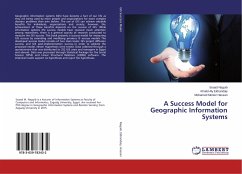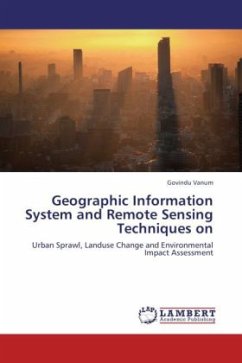Geographic information systems (GIS) have become a fact of our life as they are being used by more people and organizations for more complex decision problems than ever before. The use of GIS can achieve valuable benefits for individuals, organizations and society; however, the achievement of these benefits depends on the success of GIS. While information systems (IS) success models have received much attention among researchers, there is a general scarcity of research conducted to measure the GIS success. This book presents a success model for measuring GIS success by extending and modifying previous IS success models. The developed success model consists of two main levels; GIS project diffusion success, and GIS post-implementation success. In order to validate the proposed model, eleven hypotheses were tested. Data collected through a questionnaire that was distributed to 252 GIS users and managers in Egypt and abroad. Data was processed through Statistical Package for the Social Science (SPSS) and Linear Structural Relations (LISREL) software. The empirical results support six hypotheses and reject five hypotheses.
Bitte wählen Sie Ihr Anliegen aus.
Rechnungen
Retourenschein anfordern
Bestellstatus
Storno








